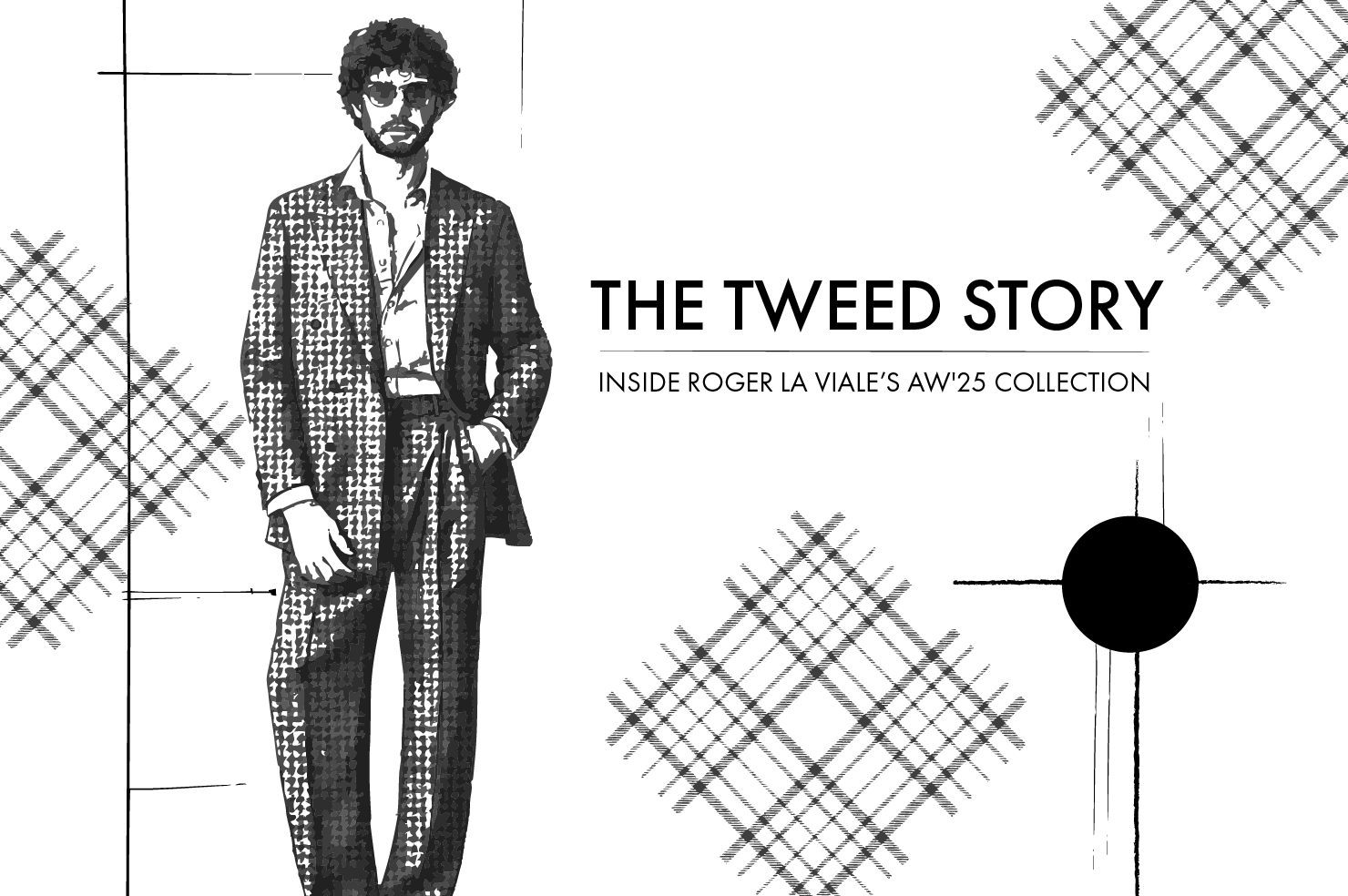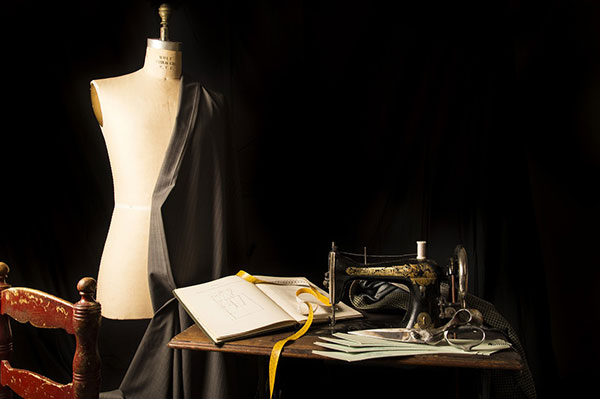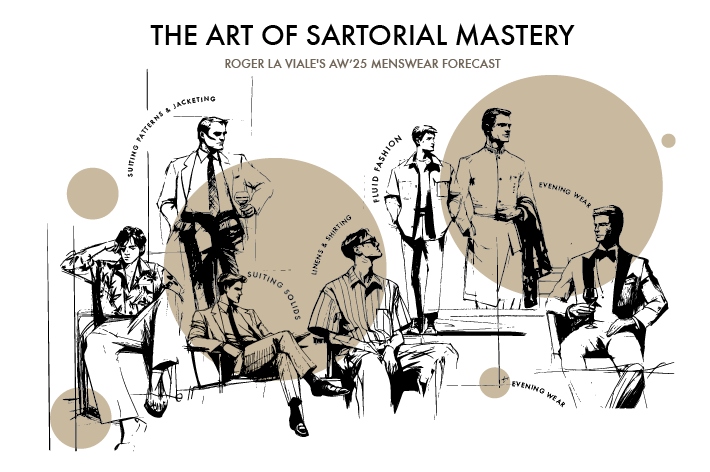Custom Tailoring – An Exclusive Art Form
There’s a quiet grace in custom craftsmanship, a whisper of artistry that weaves through the fabric with tradition, skill, and time. Isn’t it?
Recently, while speaking with an acclaimed architect about wooden louvres, an intriguing truth emerged before us. Despite decades of mastery, the challenge they face is that the seasoned work crew- the traditional karigars- behind the louvres are hesitant to take on louvres projects. The reluctance was because the task required something more: patience, a higher amount of time and precision due to the challenge of aligning them perfectly. They prefer doing the modular, quick-fix structures instead.
Is this not the same dilemma that weighs upon the world of bespoke tailoring?

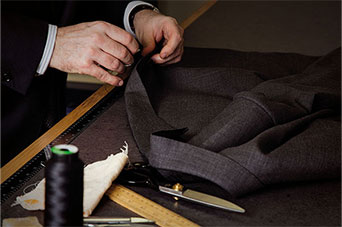
The Gentle Dance of Precision
Those who have dedicated their lives to custom tailoring, who’ve spent decades shaping fabric into something more than mere garments, will recognise this parallel immediately at various levels – the commercial level, the human level and the emotional level.
Custom tailoring is not a science of patterns and machines; it is an art, involving full or semi-canvas, authentic hand-work and multiple trials. There is a high level of human touch given the unbelievable levels of estimation, experience and expertise involved.
The traditional master knows that the smallest detail—a half-centimeter misstep—can mean a world of difference in the lengths of the two legs. After all, it is in this delicate balance between cloth and craftsmanship where true tailoring lives.
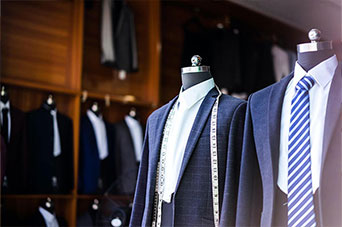
Commerce & Craftsmanship
This leaves the Men's Custom Tailoring industry at a strange and newer crossroads.
The art of custom tailoring faces a subtle but undeniable shift, a tension between the quiet beauty of handwork and the louder demands of commercial efficiency is at constant tiff. The supplier is well aware of being able to extend a better-quality product to their customer but commercial considerations are forcing them to settle for clinical efficiency.
There is a sense that the artistry, the very soul of tailoring, is being edged out by the need for speed and cost-effectiveness. Commerce trumps art here. So, what is the solution to safeguard high-end, super-customized tailoring? How do we elevate real-bespoke tailoring to an art form?
Latest Blogs

